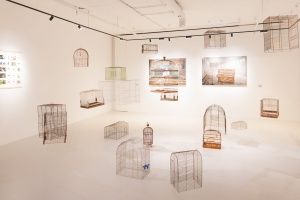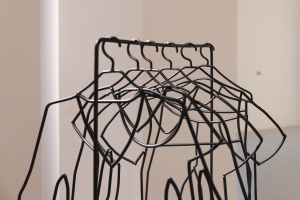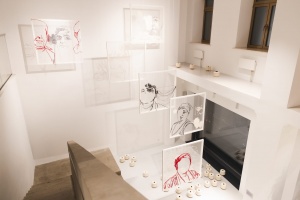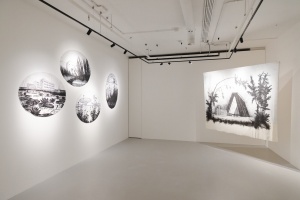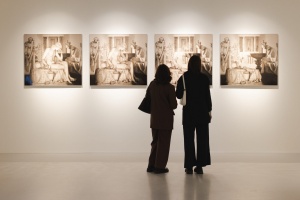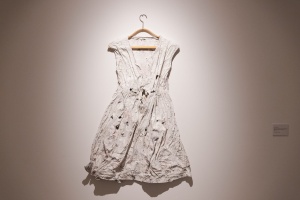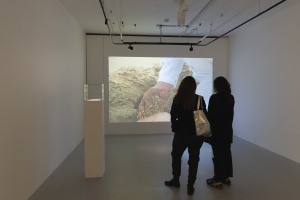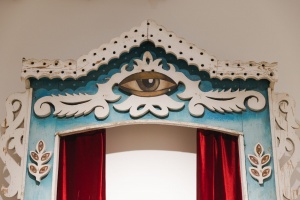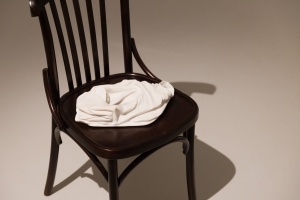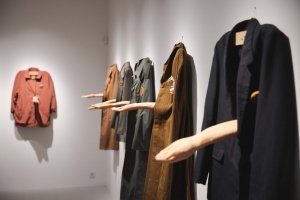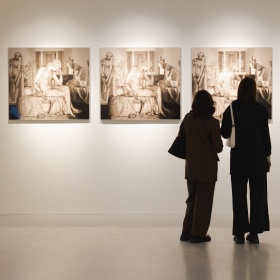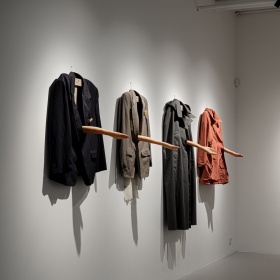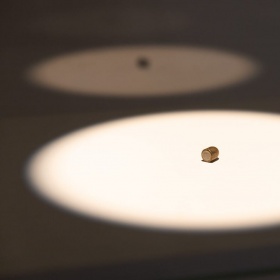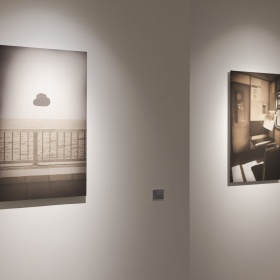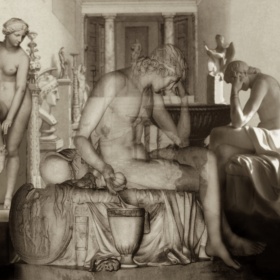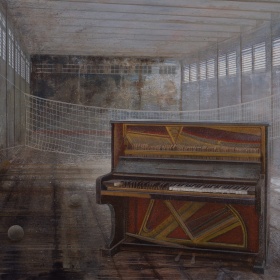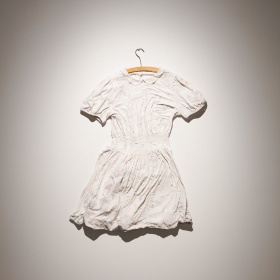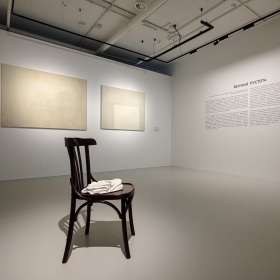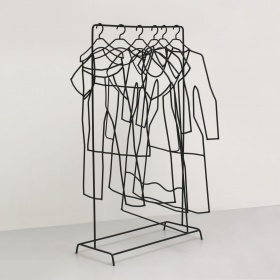THE GREAT VOID
The exhibition consists exclusively of works by female artists, exploring the theme of emptiness as an absence, or as an inexhaustible opportunity. Today, more than ever, society is ready to discuss this subject, to look for new meanings, points of confrontation and support.
The title of the exhibition comes from a play on words, connecting the title of Paolo Sorrentino’s film, the box-office hit ‘The Great Beauty’ about the thirst for life and its vitality, and one of the names given to the Boötes Void (also known as the ‘Great Nothing’), an empty spherical area in space.
Deficiency, absence and loss are not the only characteristics of emptiness. In her book ‘A Philosophy of Emptiness’, American researcher Gay Watson attempts to change attitudes towards the concept of emptiness by combining European and Buddhist traditions. Such a dual perspective allows us to see not only negation in the void, but also the range of possibilities. The Ruarts Foundation invites the viewer to examine the concept from that angle, especially since the language of art is better suited to the task than many other means of communication – after all, a work of art is the materialization of deficiency.
The purpose of this exhibition is to acquaint the Moscow public with contemporary artists and reinterpret the Ruarts Foundation collection, which currently includes more than 2,000 artworks. With the help of guest curator Anna Zhurba, the Ruarts Foundation aims to support female artists, bridge the gap in gender inequality and replenish its collection with important works created by women.
The idea of undertaking an exhibition project with only women artists at the Ruarts Foundation arose long before the second principal element, the void, became for many the main feature of existence, a topical theme and condition. “The physical and existential experience of emptiness has been amplified to the maximum. Today we are talking about emptiness from its epicentre,” says the exhibition curator.
Elena Artemenko, Tatiana Akhmetgalieva, Liza Bobkova, Vita Buivid, Alisa Gorshenina, Anya Zhelud, Katya Isaeva, Taisia Korotkova, Olya Kroitor, Anna Lapshinova, Taus Makhacheva, Katya Muromtseva, Irina Nakhova, Alexandra Paperno, Aidan Salakhova, Maria Safronova, Olga Tobreluts, Natalia Turnova and many other Russian artists of different generations and aesthetic convictions create new meanings and narratives about emptiness and what opposes it.

